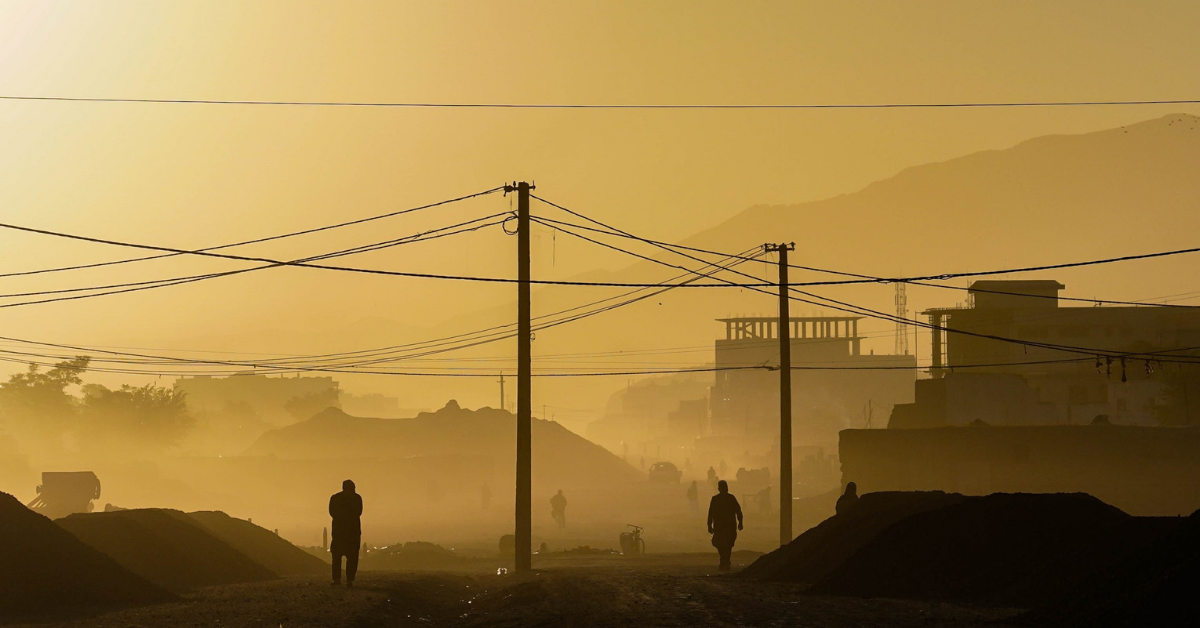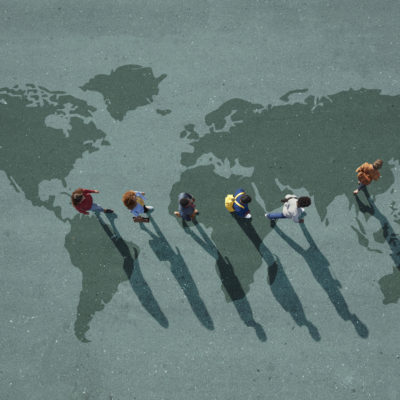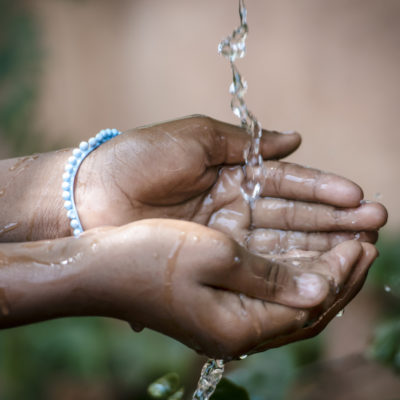 Photo: Unsplash /
Mohammad Rahmani
Photo: Unsplash /
Mohammad Rahmani
This article was first published by The New Humanitarian.
“The fall of Kabul to the Taliban almost immediately triggered international humanitarian mechanisms and a series of funding appeals by UN agencies. This is a well-known drill, as if the first and loudest call has a better chance of being heard by donors.”
“International support is desperately needed. But in its rush to help Afghanistan, the humanitarian world risks superimposing costly, parallel systems that ignore what already exists: a functioning public health sector, Afghan NGOs waiting for support, and aid agencies that have operated amid a complex crisis for years.”
“This same story repeats again and again: In an emergency, the humanitarian sector feels obligated to send goods and personnel into a country in turmoil, as if this is the only option.”
“Today’s health system is a unique, hybrid model: In most of the country’s 34 provinces, the government uses donor funds to contract Afghan NGOs to deliver essential services. Years of donor investments in Afghanistan’s health sector have produced results. Maternal mortality, child mortality, rates for neonatal deaths – all have dropped significantly over the last 20 years.”
“Fund Afghan NGOs: Humanitarian donors should sub-contract and fund the Afghan health NGOs that have been delivering healthcare for the last 20 years. They can continue to bring essential care to the most remote parts of Afghanistan, where populations have been interacting with these professionals and have trust in the system.”
This article was written by Karl Blanchet, Ahmad Shah Salehi, Sayed Ataullah Saeedzai & Bertrand Taithe.










